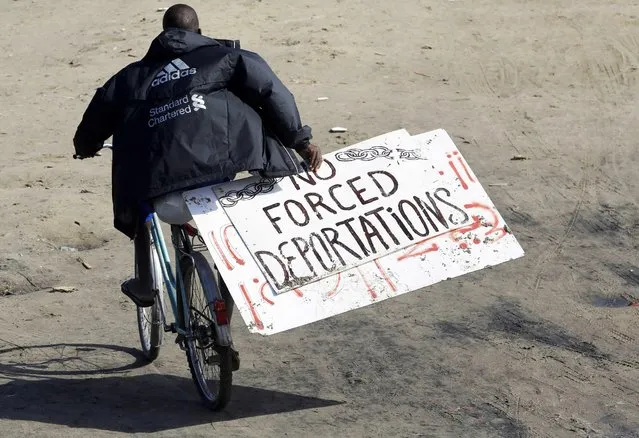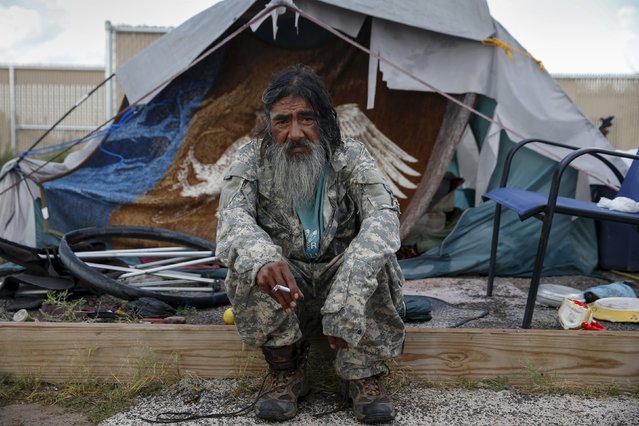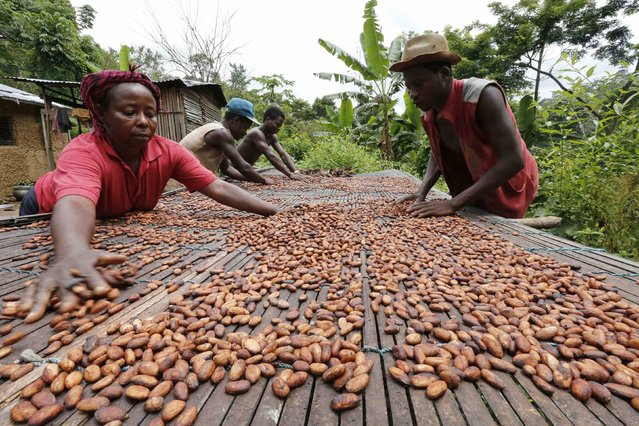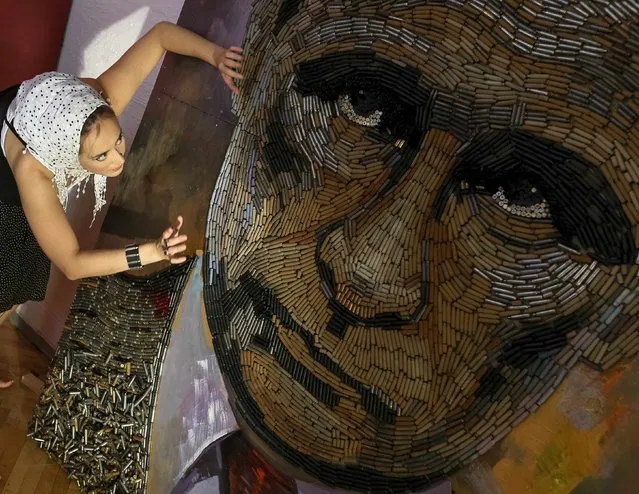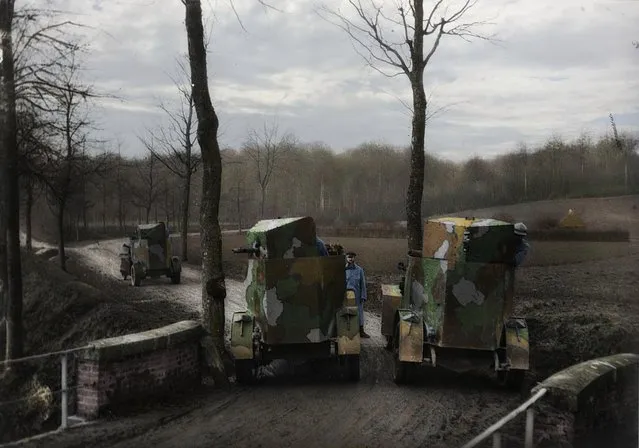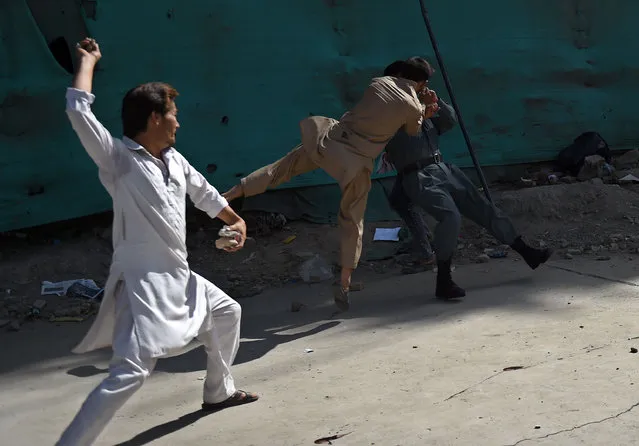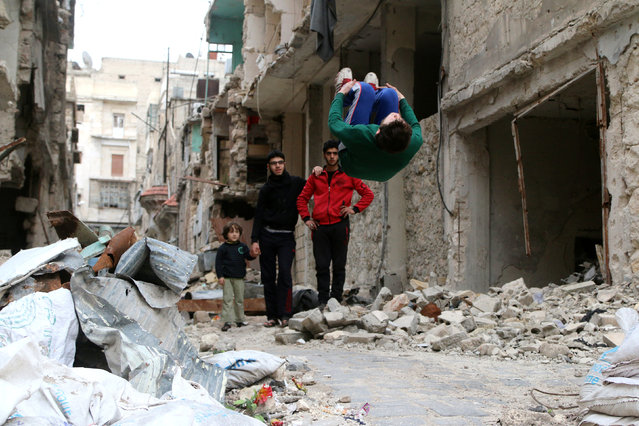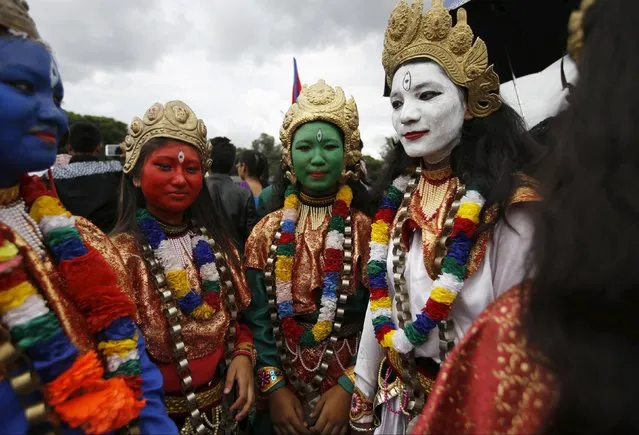
Women with their faces painted as various Hindu deities take part in a celebration a day after the first democratic constitution was announced in Kathmandu, Nepal September 21, 2015. Nepal adopted its first full democratic constitution on Sunday, a historic step for a nation that has witnessed war, a palace massacre and devastating earthquakes since a campaign to create a modern state began more than 65 years ago. (Photo by Navesh Chitrakar/Reuters)
22 Sep 2015 08:07:00,post received
0 comments

